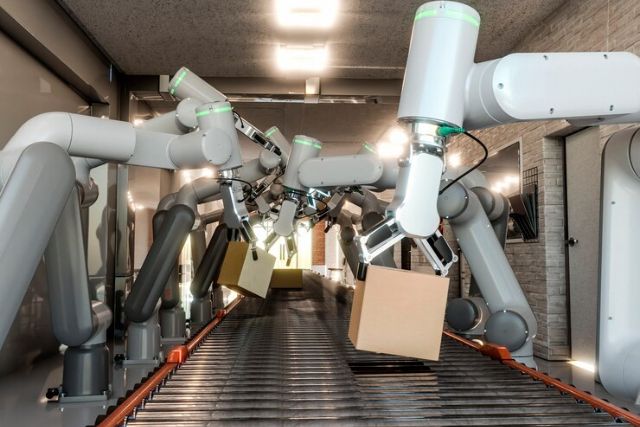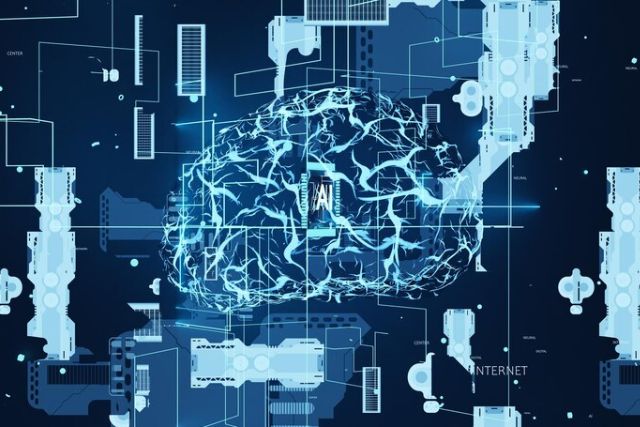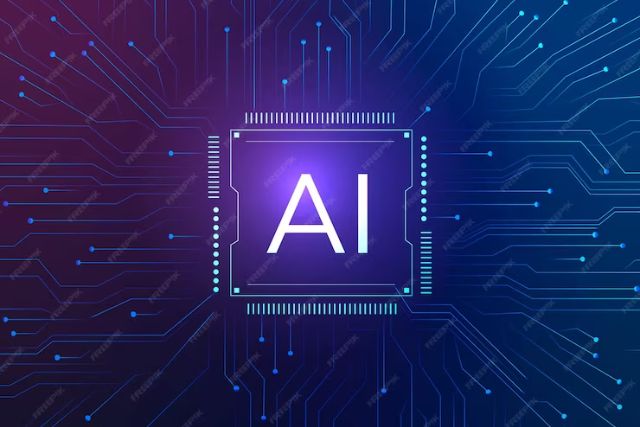Artificial intelligence may be the most intricate and unexpected invention made by humans yet. The fact that there is still a great deal to learn about the topic is also disregarded by this. This means that the fantastic AI applications we see today are simply the tip of the AI iceberg. Even though this has been said and repeated numerous times, it’s still hard to predict the exact future influence of AI. Because artificial intelligence is transforming society even in its early stages. I hope you all enjoy the 5 main types of artificial intelligence.
Many people believe that an AI takeover is unavoidable and imminent due to AI’s rapid development and enormous potential. A few distinct business kinds are altering as a result of AI. Leaders in business and the general public have been pushed to consider the change. Reaching the apex of AI research and realizing AI’s full potential is close.
Understanding The 5 Main Types Of Artificial Intelligence:
As a result, the goal of AI research is to make machine behavior more similar to human behavior. The degree to which an AI system can mimic human abilities is thus required to distinguish between different types of AI. It depends on how human performance and efficiency compare to those of a machine. An AI with comparable skill can perform more human-like duties in such a system. It’ll be regarded as a more sophisticated variety of AI. On the other side, a less complex and powerful type of AI would have limited usefulness and performance.
Based on these variables, two general artificial intelligence categorization schemes exist. A single category combines AI and AI-powered machines. Whose closeness to the human brain serves as the basis. And their potential to “feel” and even “think” like humans. According to this classification system. AI-based systems are classified into four categories: reactive machines, theory of mind, restricted memory machines, and self-aware AI.
1. Reactive Machines:

These are extremely primitive AI systems with minimal power. There are no memory-based functions on these systems. These machines don’t seem to be able to apply what they’ve learned in the past to direct their current actions. These devices are incapable of “learning.” These devices can only react automatically to a restricted range of inputs. They cannot optimize their operations by depending on memory. IBM’s Deep Blue, a well-known example of a reactive artificial intelligence (AI) system, defeated chess grandmaster Garry Kasparov in 1997.
2. Limited Memory:
These are machines with little memory. They are not limited to being reactive robots; they are also capable of making decisions based on historical data. The present category of AI includes almost all known applications at present. Moreover, modern AI systems, including deep learning systems, employ large volumes of training data, which they store in memory to construct reference models for resolving future issues. For example, image recognition AI trains using thousands of photos and their descriptions to enable it to identify the items it scans. When such an AI scans a photo, it uses the training images to understand the contents of the displayed image. Furthermore, the more it learns from fresh photographs, the more accurately it recognizes them.
3. Theory Of Mind:

The two types of AI listed above exist and have wide dissemination. Artificial intelligence falls into two categories: concepts and ongoing initiatives. These entities will be more intelligible from a theory of mind perspective. Even though artificial emotional intelligence is still in its early stages, it can be aware of the needs, sentiments, convictions, and mental processes of the individuals with whom it interacts. A genuine desire to comprehend human desires drives this. AI systems must identify people as separate individuals whose opinions are primarily impacted by a variety of factors, particularly their understanding of people.
4. Self-Aware:

This is the final phase of AI development, and it is currently totally theoretical. Artificial intelligence that is self-aware and self-explanatory is strikingly similar to the brain. He is now cognizant of himself; this has been and will continue to be the ultimate aim of all AI research, even if it takes millennia to achieve. Not only will this type of AI be capable of perceiving and eliciting human emotions. Also, it communicates these aspirations, as well as its own beliefs, feelings, and future ambitions, to everyone with whom it comes into touch. But it may also go wrong. This is because if the AI becomes self-aware, it will be able to contemplate strategies to protect itself. It may be fatal to humans, either directly or indirectly, because such a monster could easily outsmart any human and devise elaborate plots.
5. Artificial Narrow Intelligence (ANI):
This category encompasses all modern artificial intelligence, including the most advanced and powerful AI ever built. Artificial intelligence (AI) systems have human-like abilities but can only do one autonomous task. The intended uses of these devices are the only limitations. As a result, their variety of abilities remains relatively limited. These methods are all compatible with AI, which is reactive and has limited memory, according to the classification system given above. ANI includes even the most advanced AI capable of learning on its own through machine learning and deep learning.

